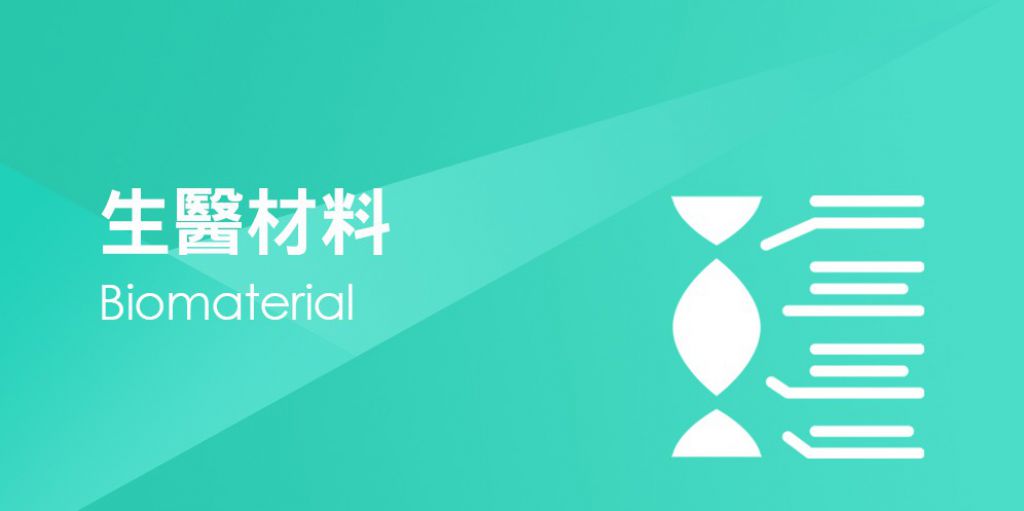澳洲Deakin大學和Australian大學的研究人員開發新型水凝膠可提升移植細胞的存活率
撰文者: 塑膠智庫 | 出刊日期:2021-10-12 | 文章編號:F4UQCXMN83
2553
瀏覽數

澳洲研究人員開發出新型水凝膠能提升移植細胞的存活率
新型水凝膠促進了標靶和再生受損腦組織的幹細胞治療
新型水凝膠可以保護移植細胞在受傷的腦部免受炎症攻擊,從而更好地修復腦組織,恢復腦功能
參考資料
Researchers from the Australian National University (ANU) and Deakin University have developed a gel which boosts stem cell treatments targeting and regenerating damaged brain tissue.
According to the media release on Thursday, the new ′hydrogel′ could offer new hope for people with brain injuries, Parkinson′s disease and stroke patients.
The gel, which consists of stem cells and held together largely by water, could replace existing and less effective treatments.
David Nisbet from the AMU College of Engineering and Computer Science said that the gel acts as ′a sanctuary for cells′ and has a higher success rate than current treatments for injured brains.
′There are some major problems with existing cell transplantation technology. The biggest challenge is the amount of replacement cells that die once they are administered the brain,′ he said.
′The hydrogel we have developed largely stops this. It protects the cells during administration and provides an environment after their injection that greatly increases their survival,′ he added.
′Our hydrogel shields the transplanted cells from inflammation in an injured brain. The cells then start to integrate with the brain′s circuitry and we see repair and functional recovery.′
When injected the brain, the hydrogel self-assembles to form a synthetic web that the cells can grow in because it is a structure that is similar to brain tissue, according to the media release.
A novel way to transplant cells using a hydrogel offers new hope for people with brain injuries, Parkinson′s disease and stroke patients, according to researchers at The Australian National University (ANU) and Deakin University.
The team′s new hydrogel significantly boosts stem cell treatments that target and regenerate damaged brain tissue.
The hydrogel—a gel containing stem cells and held together largely by water—offers a sanctuary for cells and could replace existing and less effective treatments.
Professor David Nisbet, from the ANU College of Engineering and Computer Science, says current treatments for injured brains, which deliver stem cells via saline in a syringe, have a low cell survival.
′There are some major problems with existing cell transplantation technology. The biggest challenge is the amount of replacement cells that die once they are administered the brain,′ said Professor David Nisbet.
′The hydrogel we have developed largely stops this. It protects the cells during administration and provides an environment after their injection that greatly increases their survival.′
Professor Nisbet describes the hydrogel as ′a sanctuary for cells′ for when they are shielded from inflammation in the brain.
′Our hydrogel shields the transplanted cells from inflammation in an injured brain. The cells then start to integrate with the brain′s circuitry and we see repair and functional recovery,′ he said.
When injected the brain, the hydrogel self-assembles to form a synthetic web that the cells can grow in because it is a structure that is similar to brain tissue.
Co-lead author Dr. Richard Williams, a Senior Lecturer in Medical Biotechnology at Deakin′s School of Medicine, says one of the problems with stem cell therapy is that the delicate cells are taken out of their nurturing environment and subjected to some pretty harsh conditions.
′We have taken inspiration from how the cells interact with, and are supported by, their surroundings found in the natural tissue,′ Dr. Williams said.
′We have built an artificial scaffold that tricks the cells believing that they are in a normal, healthy environment.′
By mimicking brain tissue, the hydrogel not only protects the cell during its journey through the syringe but also helps the cells thrive in the brain.
The new technique has been tested with mouse brain cells and is described in Advanced Functional Materials.
′The hydrogel turns a liquid and flows through the syringe but as soon as it is back brain it spontaneously reassembles as a three dimensional hydrogel so it can fill voids which is important for stroke,′ said study co-lead author Dr. Yi Wang.
′The cells are protected from shear forces in the hydrogel, unlike in saline where they are rapidly elongated which can result in their membrane rupturing and death of the cells,′ she said.
The researchers say there is huge potential with the simple administration within a hydrogel instead of saline.
′These materials could be easily rolled out and used anywhere you need to implant cells—neuroscience, cancer and potentially even IVF,′ said Professor Nisbet.
